This week, we are finally doing another visual exploration - well, it’s actually not a full visual exploration as there are also lots of article abstracts, but still... If you’ve missed Visualizing Consumerism and Visualizing Car Centricity then I highly recommend you to check them out.
This time, we’re having a look at minimalist design. More specifically, we are looking at how design has become mass user-centered, driven by rules of optimization, efficiency and engineering.
Why this topic? Because I believe we’re about to see a shift away from this design paradigm to what is known as design for emergence. But more on this at the end.
Visualizing Minimalist Design
What do company logos, branding overall, websites and apps, the modern built environment, pop music and movies have all in common?
A design ideology that focuses on appealing to everyone (or rather not annoying anyone) while being efficient.
Let’s explore:
Branding
“Look around and you’ll see it. Adverts, posters and cover art are all using the same fonts—ones that have a clean, ordered look. Logos that have existed for years without undergoing drastic changes are suddenly being tweaked to fit what is apparently now a universal house style. Messaging from disparate worlds is being delivered in the same way. Everywhere, words are starting to look a little…well, flat.”
“[…] what defines unconscious minimalism is the removal of detail. And the reason we remove detail is that some people don’t like it. This means that when we follow this path, it isn’t about doing something that some people will love; it’s about doing something that nobody will complain about because most people won’t even notice it. (because, by definition, if we neither love it nor hate it, and it has nothing to characterize it, we’re most likely not noticing it at all).”
Websites & Apps
“This shared minimal style pulls heavily from Apple-inspired clean curves, Swiss graphic design, misinterpretations of Bauhaus, modern sans serifs, and pastel palettes to create a look that feels familiar and approachable to the target demographic: the modern millennial (and, increasingly, Gen Z).”
“By appealing to everyone with these clean lines, gradients, and rounded shapes, no one feels particularly compelled by them. And while these brands serve their purpose in attracting the “right” demographic to their software, they also make it difficult to form a meaningful connection with the user — the product feels like a stylistic blank slate.“
“The primary technique used by designers in these spaces is to simply remix the dominant patterns and trends created by popular tech companies, ensuring their work appears as stylistically sophisticated and elegant as the work they’re emulating, regardless of what kind of product they’re designing and for whom. A podcast app and a banking app and a meditation app seem one and the same, similar styles and elements creating a few generic interfaces.”
“I call this performative design. Performative design ultimately reduces the practice of design from a wide range of creative, psychological, communication, and problem-solving skills to a narrow practice focused on the reproduction of popular styles and interfaces for the sake of feeling like and being perceived as a skilled designer.”
“‘When we think of ‘good design’ or ‘good products,’’ write Courtney Heldreth and Tabitha Yong in their essay, Racial Equity in Everyday Products, ‘we often simply replicate the tastes of those we consider ‘experts’ in the industry (which are canonically Western-centric and homogenous), and the cultural inputs we’ve been given.’”
Built Environment


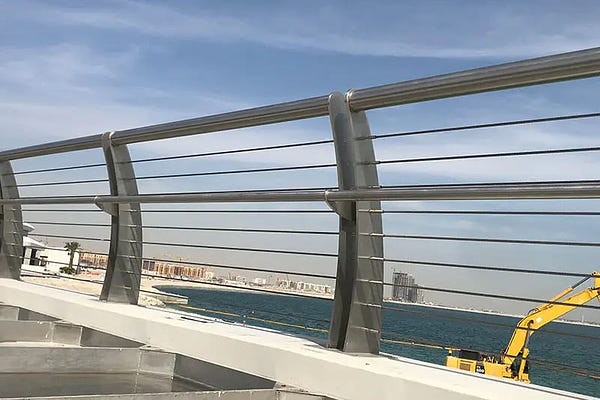




Media: Music & Movies
“Interpolations have run rampant in the strange year of 2021. Just ask Olivia Rodrigo, Ava Max, Lorde, and Doja Cat, who’ve all made charting or platinum records in the past year borrowing beats and melodies from older hits.
As a musical concept, interpolations are a cousin to sampling, the art of sticking sound snippets of older songs into new projects that has defined so much of hip-hop. Rather than lifting or modifying a recorded track, though, an interpolation cribs only from a song’s written composition — whether that’s lyrics, a melody, a riff, or a beat.”
‘No Shelf Life Now’: The Big Business of Interpolating Old Songs for New Hits
ARTE TV has this amazing documentary on interpolations or what they call pop-recycling (it’s in German and French but there are English subtitles).
“If you listen to the weekly viral 50 on Spotify at least half of it is a repackaging of old songs”
The main takeaway in ARTE’s documentary is that the business of pop-recycling is driven by efficiency and money: Using popular beats or snippets from old songs makes it easier to get a new hit song + it enables older artist and record labels to make a ton of money with their old music catalogues.


“The packaging of all moving images as equitable content “has created a situation in which everything is presented to the viewer on a level playing field, which sounds democratic but isn’t,” Scorsese continues. “If further viewing is ‘suggested’ by algorithms based on what you’ve already seen, and the suggestions are based only on subject matter or genre, then what does that do to the art of cinema?”
“Curating [is] an act of generosity — you’re sharing what you love and what has inspired you. […] Algorithms, by definition, are based on calculations that treat the viewer as a consumer and nothing else.”


Towards Design for Emergence
So what’s next? I believe one answer could be Design for Emergence.
“In design for emergence, the designer assumes that the end-user holds relevant knowledge and gives them extensive control over the design. Rather than designing the end result, we design the user’s experience of designing their own end result.
The main difference between for example user-centered design (“There are only two industries that call their customers 'users': illegal drugs and software”) is that in design for emergence the user has control. Design is sort of decentralized.
What all [Design for Emergence] tools have in common is support for open-ended adaptation to highly contextual problems without the need for technical knowledge. Rather than building a static, purpose-built solution to a single common problem with lots of users (and lots of competitors), they’ve won robust user bases by supporting a broad swath of long-tail user needs.
Design for Emergence is…
…open-ended and permissionless. Resulting designs are often surprising, something the original designer could have never imagined.
…context-adabtable. The end-user can integrate their local or contextual knowledge
…composable. It provides a basic ‘language and grammar’ that’s easy to learn and employ, but can also extended and result in highly complex applications.
Okay, so let me get a bit “I see a pattern” crazy 🤪.
I believe Design for Emergence has some parallels to Low Tech which I wrote about in a previous issue (accessible, empowering, DIY, adaptable…). But I can also see links to the composability and decentralization character of Web3.
And all of this also links very well to a recent idea (or trend prediction) that I read in Paul Worthington’s amazing Off Kilter newsletter which ties all of this back to the realm of business:
“…we spent over twenty years investing heavily in engineering as a driver of competitive advantage, which ultimately metastasized into where we are today: A world built by engineers.”
He gives examples of Google, Amazon, WeWork, Uber who have become big by building the infrastructure (search, e-commerce, co-working, ridesharing…). These are all companies driven by engineers. And engineering, for the last decades, has been the main driver of competitive advantage. It’s obvious once you see it: (software) engineers, engineering is everywhere!
But now this is changing!
Paul compares Netflix and Disney: Netflix built the infrastructure – streaming, recommendation engines,…. – and thereby created a very data- and engineering-driven internal culture. Disney, on the other hand, is all about imagination, creative ideas and intellectual property - and it just had to plug into the infrastructure that Netflix already built.
So what’s the new competitive advantage? IMAGINATION!
“Imagination will define the future in a world where the infrastructure has already been built. This means the competitive advantage driving business skills of tomorrow likely won’t be technical, won’t be software engineering, AI, or data-science, or anything like that. Instead, it’ll be those with the imagination to piece a myriad of components together into a compelling experience for which people are willing to pay good money. In other words, we’re likely leaving behind a world that engineering built toward a future that design will make.”
“But, and it’s a big but, we need to get out of our own way first. […]
In order for design to transform business, it must first transform itself. It must leave behind the language and mindset of engineering. Get past scalability and extensibility. Systems and components. Agility and usability. Usefulness and seamlessness. Efficiency and friction. Data and metrics. Patterns and code.
[…] And we need to fear less about what other designers might think of our work in order to be more fearless in expanding the scope across which that work can happen.”
That’s it for this week!
Cheers,
Thomas




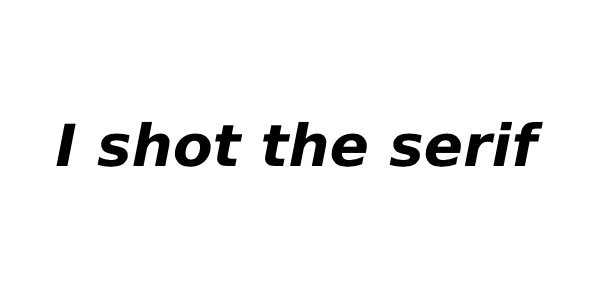
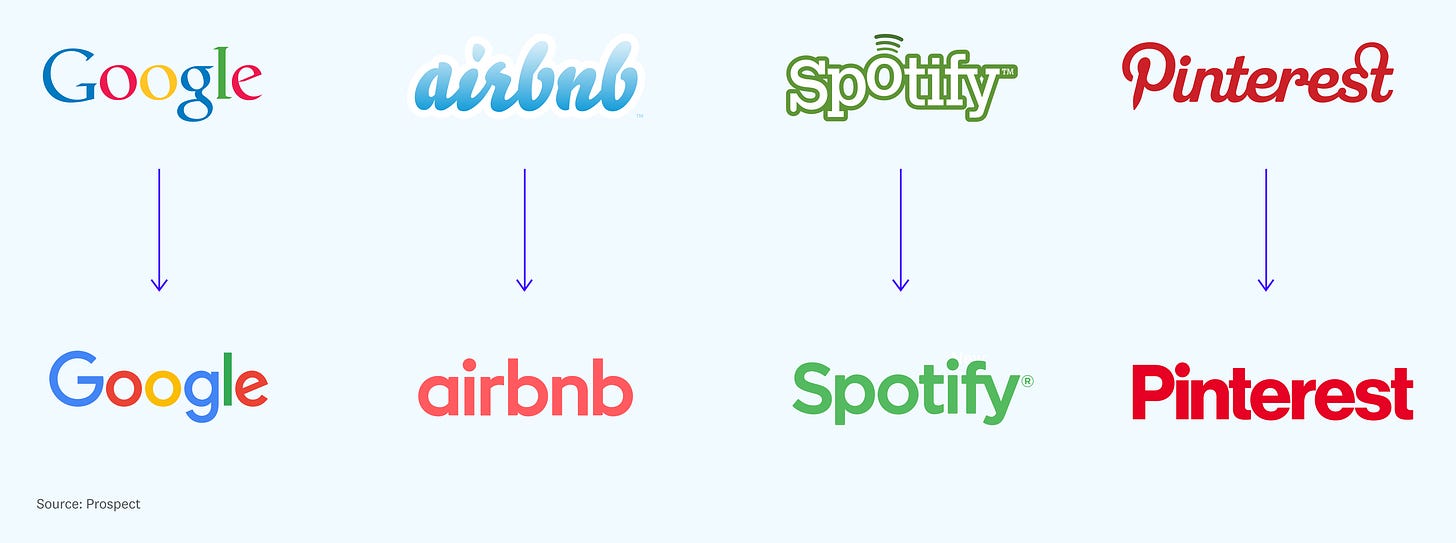

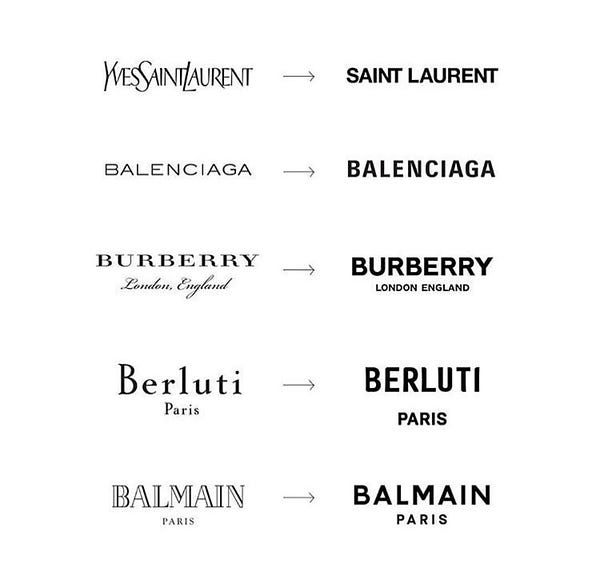
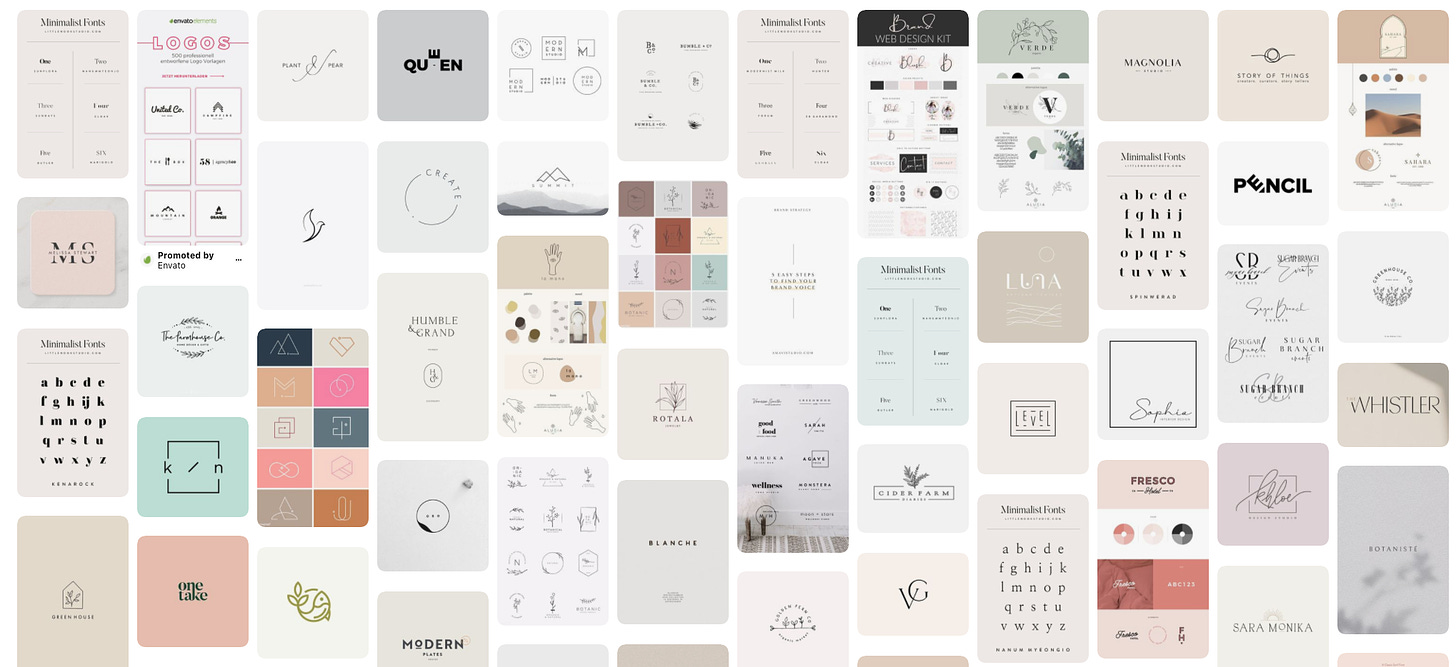


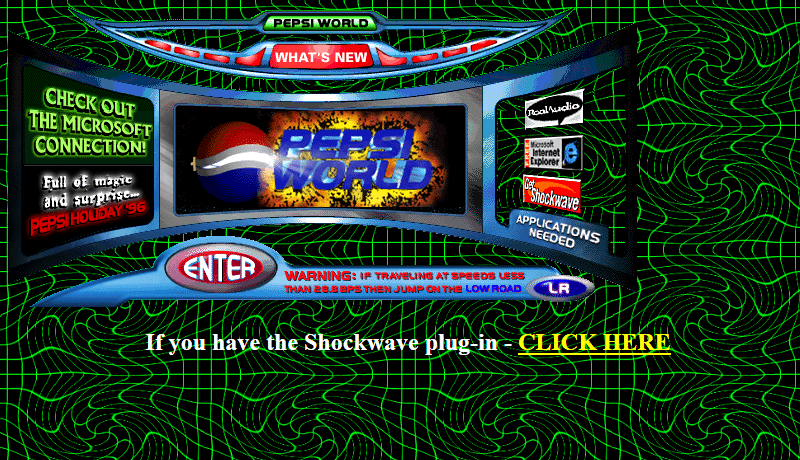
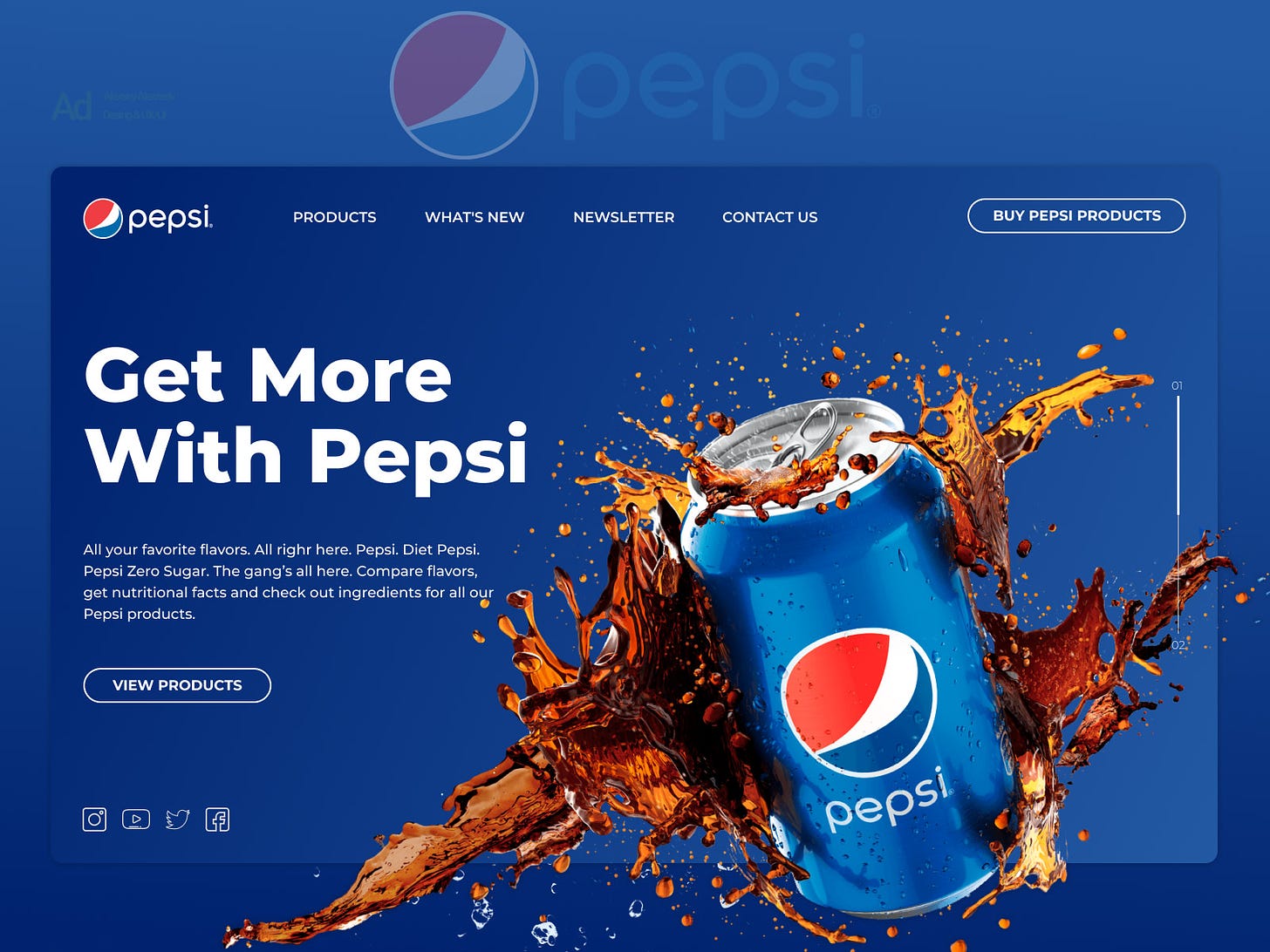


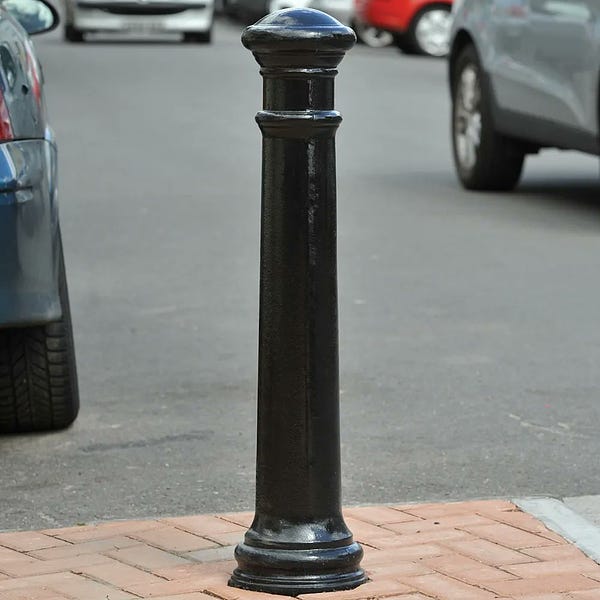
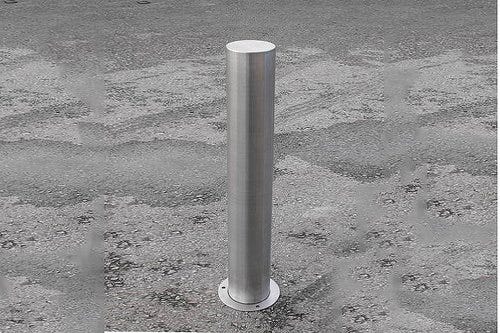






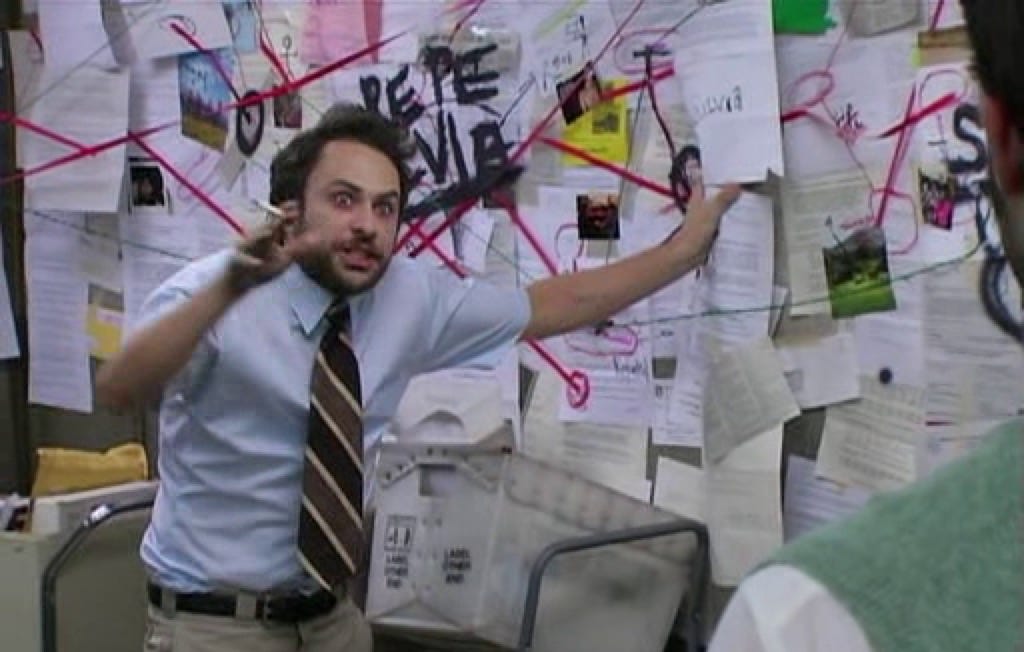
Great post.
Damon Centola’s academic work seems to align with the long-tail emphasis.
https://www.asc.upenn.edu/news-events/news/study-finds-surprising-source-social-influence
Also, putting thought here into “emergent strategy”. Was first stimulated by adrienne maree brown’s book by the same title.